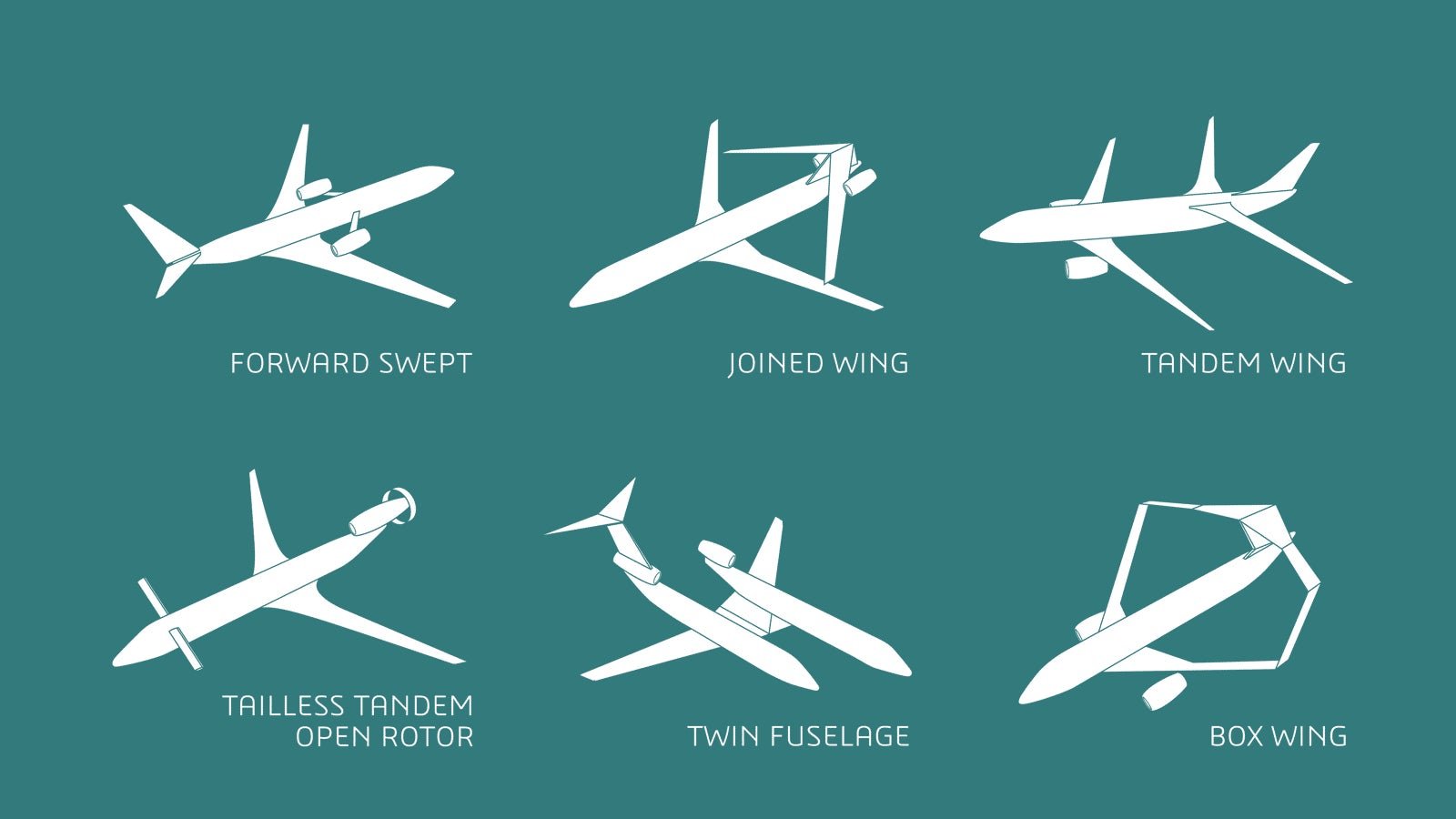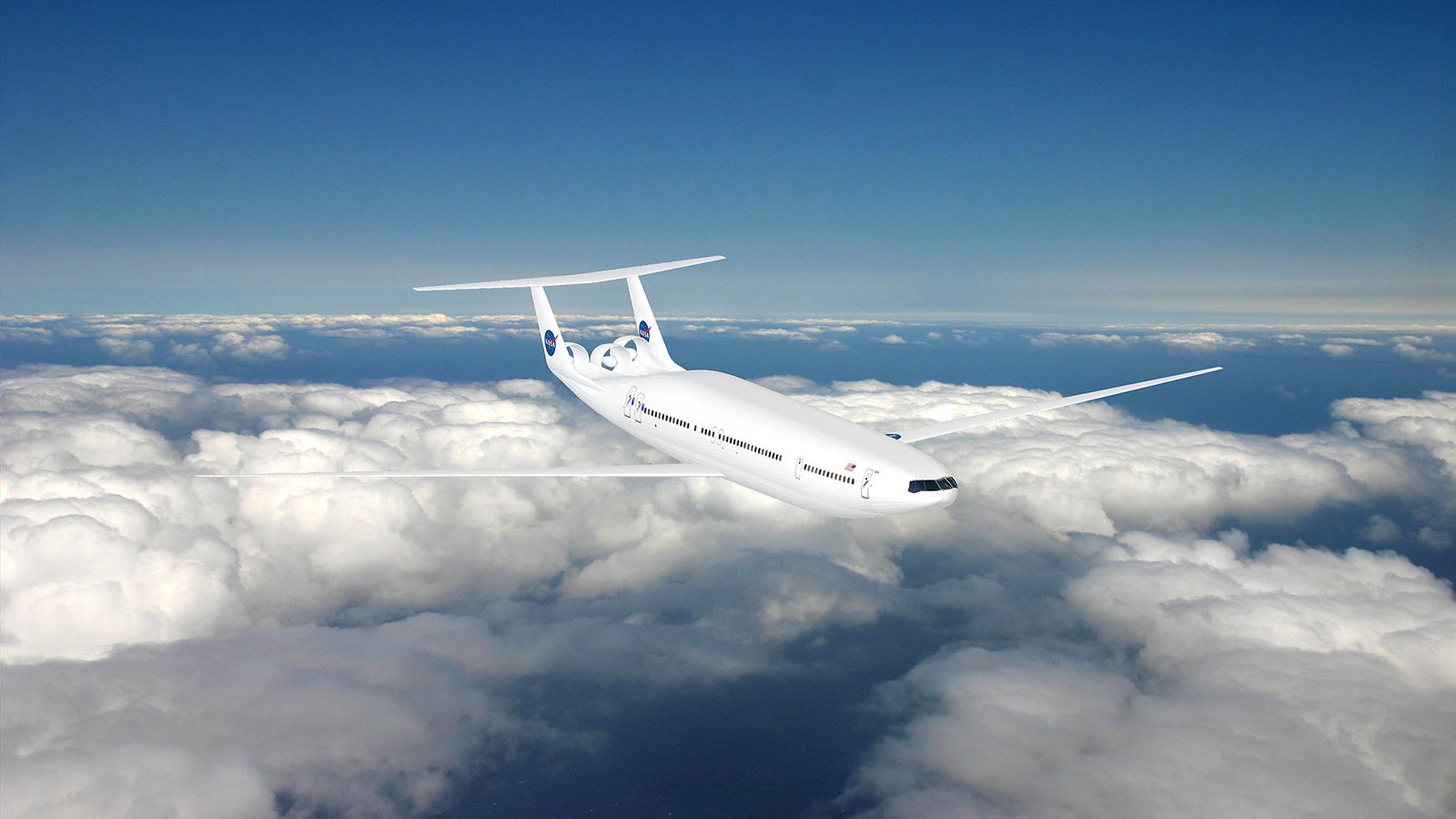Would you fly in a plane that is radically different than the aircraft of today?
The airline industry has always sold itself on speed, but that may be changing thanks to an unexpected area of technological development: the airplane seat.


The airline industry has always sold itself on speed, but that may be changing thanks to an unexpected area of technological development: the airplane seat.
British Imperial Airways boasted in 1937 that it could take passengers “to India or South Africa in less than a week,” but today’s flyers care more about the passenger experience than shaving hours off a trip.
“Ever since the launch of the jetliner in the 1950s, evolutionary progress has been measured by increased passenger comfort, safety, and efficiency,” says Joe Wilding, co-founder and chief engineer of supersonic jet startup Boom, which unveiled its first commercial jet in November. “Today’s airliners are actually slightly slower than those from this first generation.”
For Wilding and the Boom team, the challenge is to figure out exactly how much customers value that added speed. For the next decade, the industry will be in flux, trying to find a perfect balance between creature comforts inside the cabin and engineering advances on the wing.
Radically new flights, from start to finish
Opulence describes one approach to meeting customers’ ever-increasing expectations. Etihad Airways recently announced it would discontinue first-class service in favor of a new super-premium tier called “residence,” and Qantas Airlines has been testing VR headsets as replacements for conventional entertainment. A collaboration between Delta Airlines and Factory Design will bring 32 individual suites to the new business class fleet of Airbus A350s when they roll out in the fall of 2017. The suites tout sliding doors and put special focus on the rooms’ extra-wide Thompson Aero seats.
According to SABIC, the world’s second-largest chemical plastics company and a major provider of plastic resins, the fierce competition around comfort will lead to an arms race in 3D printed seats. Made of highly flexible non-toxic resin that is both stronger and lighter than the aluminum used today, seats made through additive manufacturing can be assembled with as little as 15 components. The cost savings that come with this material upgrade would let airlines produce personalized cabin interiors for each plane, and even each customer segment.
In fact, even the surfaces of the seats themselves may soon react to the customer’s body type, personal preferences, or even their ability to pay for more comfort. The Economist has reported on new airline seats that use memory foam material to allow the seats to expand, contract, and change form, providing more room and plushness for customers who have the budget. For the airline, such configurable seating means flexibility in the number of tickets sold at each price point for each flight. Should a certain flight sell out of premium classes but not economy, some economy seats might “morph” into more luxurious ones to accommodate demand.
Rethinking the cabin
Creating the interior of an aircraft requires relentless prioritization of weight over comfort. Tighter integration between design and electronics will allow equipment manufacturers to reduce weight and consolidate parts by producing them systematically, on a large scale. That’s the ambition of the “Infinite-Build” technology that has resulted from a collaboration between Stratasys, the additive manufacturing company, and its customers Boeing and Ford.
Stratasys says the core innovation behind Infinite-Build is the reconfiguration of large-scale 3D printers by 90 degrees, to print objects vertically using gravitational support and special bonding methods. Printing this way, entire interior cabin walls can be fabricated as one contiguous unit.
Such futuristic cabins might be reinforced with ultra-strong coatings like the biopolymer membrane being developed by Airbus. This skin can replace cabin windows by creating a thin veneer on the airplane body which also provides structural support. It turns translucent or opaque when a small electrical charge is supplied.
Going bigger to make customer experience better
The biggest constraint on cabin comfort is the sheer volume of today’s airliners. Bogged down by thousands of pounds of wiring and mechanical parts, the plane’s control system limits its form factor, which in turn limits the configuration of the cabin.
That’s why some aeronautical experts believe the passenger experience might not change until new fuselage shapes begin hitting the tarmac. In his NASA-funded paper entitled “Advanced Technology Subsonic Transport Study,” Dr. Daniel Raymer argues for a tailless design with two separate engine housings, which he says shows “a potential 10% reduction in wetted area,” or area exposed to resistance. Dr. Raymer is a renowned aircraft designer who has served as director of advanced concept design at Lockheed Martin’s famous Skunk Works, and authored the seminal textbook Aircraft Design: A Conceptual Approach.

“The obvious difference in this design compared to current airliners is the aft tails,” Raymer writes. “There aren’t any.” Eliminating the tails gives the airplane many of the same characteristics as a celebrated design from MIT—which is almost like one big flying wing. If engineers can figure out a way to cram all the engine and control mechanisms into the tiny area at the back-end of a tail-less plane then the relative similarity between Raymer’s design and the aircraft of today may make its adoption more realistic than some of the flying wing designs that evoke sci-fi.
Battery-powered luxury may be the key
Electrification might provide the kind of engineering advances needed to make Dr. Raymer’s design a reality. According to Elon Musk, energy density is approaching the level needed to make batteries a realistic power source for planes, and new engineering in hybrid electric aircraft engines like the E-Thrust promise to make smaller engines embeddable into a larger body.
Challenges remain. Unlike the computer technology in our pockets, there’s no Moore’s Law to predict when a practicable aerospace engineering solution might come. “Breakthroughs do not happen in CAD programs or wind tunnels—those are just tools, appropriate for some things and not for others,” says Raymer.
It’s always been that way. To achieve their feat, the Wright brothers built one of the first wind tunnels and discovered, through wing-design testing, that older attempts had failed because of “differential drag” associated with convex wing shapes. Their tunnel-tested designs and propeller shapes were instrumental in finally getting the machine airborne. Once they did, a top priority was to bolt on a passenger’s seat—and the airline experience has been improving ever since.
To discuss this and other topics about the future of technology, finance, life sciences, and more, join the Future Realities LinkedIn group, sponsored by Dassault Systèmes.
This article was produced by Quartz creative services and not by the Quartz editorial staff.